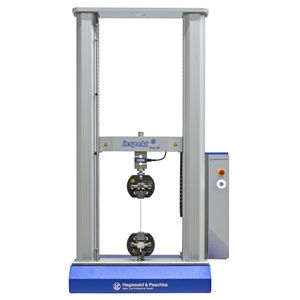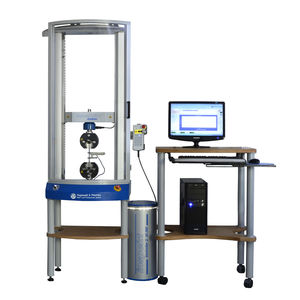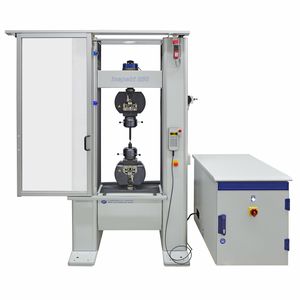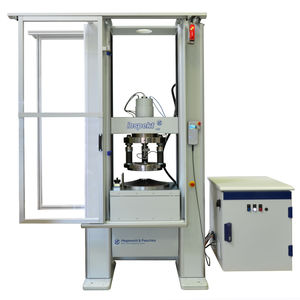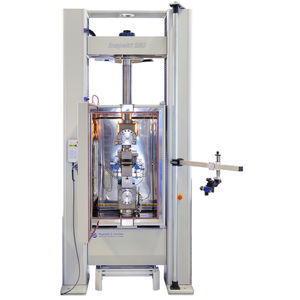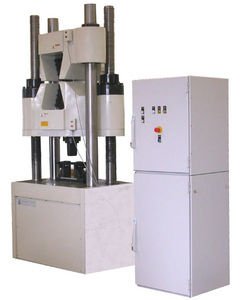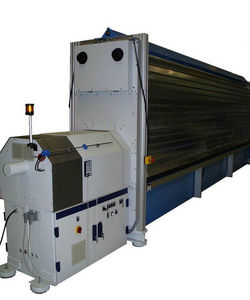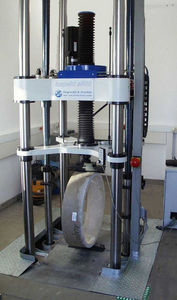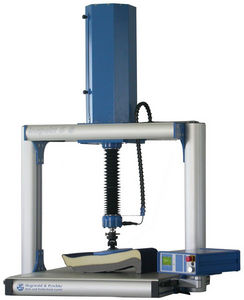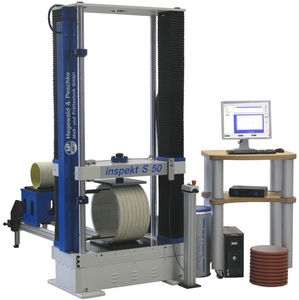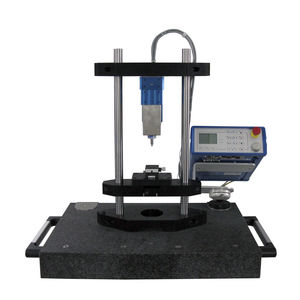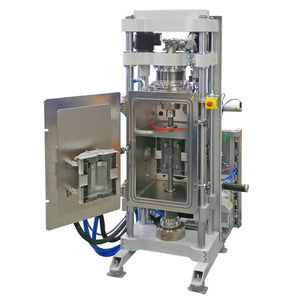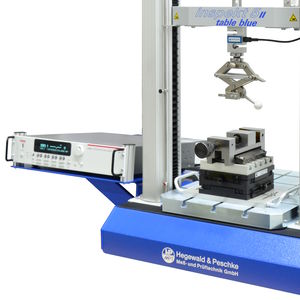
- Metrology - Laboratory
- Metrology and Test Equipment
- Compression testing machine
- Hegewald & Peschke Meß- und Prüftechnik GmbH
Compression testing machine 600 kN | inspekt SA-4S tensionfor electrical insulationelectromechanical

Add to favorites
Compare this product
Characteristics
- Test type
- compression, tension
- Test material
- for electrical insulation
- Technology
- electromechanical
- Configuration
- vertical
Description
Testing heavy current isolators
Universal testing machine inspekt SA-4S 600kN with central loading spindle
Isolators are used in a broad range of energy-related applications. They are subjected to a wide spectrum of electrical and mechanical influences under real ambient conditions during operation. Depending on the application area, a wide range of mechanical loads are applied to the isolators; be these wind loads or compressive and tensile forces on the power cable. In order to simulate vertically effective tensile and compressive loads of up to 600kN, Hegewald & Peschke GmbH developed the special testing machine inspekt SA-4S. The machine was designed in an open 4-column format with a central loading spindle. This guarantees superb accessibility of the test area from all sides. Using the testing machine, it is possible to subject isolators with installation lengths of up to 2200mm to tensile and compressive testing. In order to facilitate the ergonomic testing of isolators with low installation heights, the lower crossbeam is motor-driven and adjustable.
Using the bending test apparatus integrated into the test space, it is possible to simulate additional lateral forces (wind loads) on the isolators.
Catalogs
No catalogs are available for this product.
See all of Hegewald & Peschke Meß- und Prüftechnik GmbH‘s catalogsExhibitions
Meet this supplier at the following exhibition(s):

Other Hegewald & Peschke Meß- und Prüftechnik GmbH products
Universal Testing Machines
Related Searches
- Test machine
- Measuring device
- Test cabinet
- Test stand
- Measuring machine
- Indentation hardness tester
- Material testing machine
- Automatic test machine
- PC-controllable testing machine
- Temperature test cabinet
- Benchtop indentation hardness tester
- Compression test machine
- Digital hardness tester
- Vertical test machine
- Thickness measuring machine
- Automatic test stand
- Universal test machine
- Industrial test machine
- Flexure testing machine
- Digital measuring device
*Prices are pre-tax. They exclude delivery charges and customs duties and do not include additional charges for installation or activation options. Prices are indicative only and may vary by country, with changes to the cost of raw materials and exchange rates.





